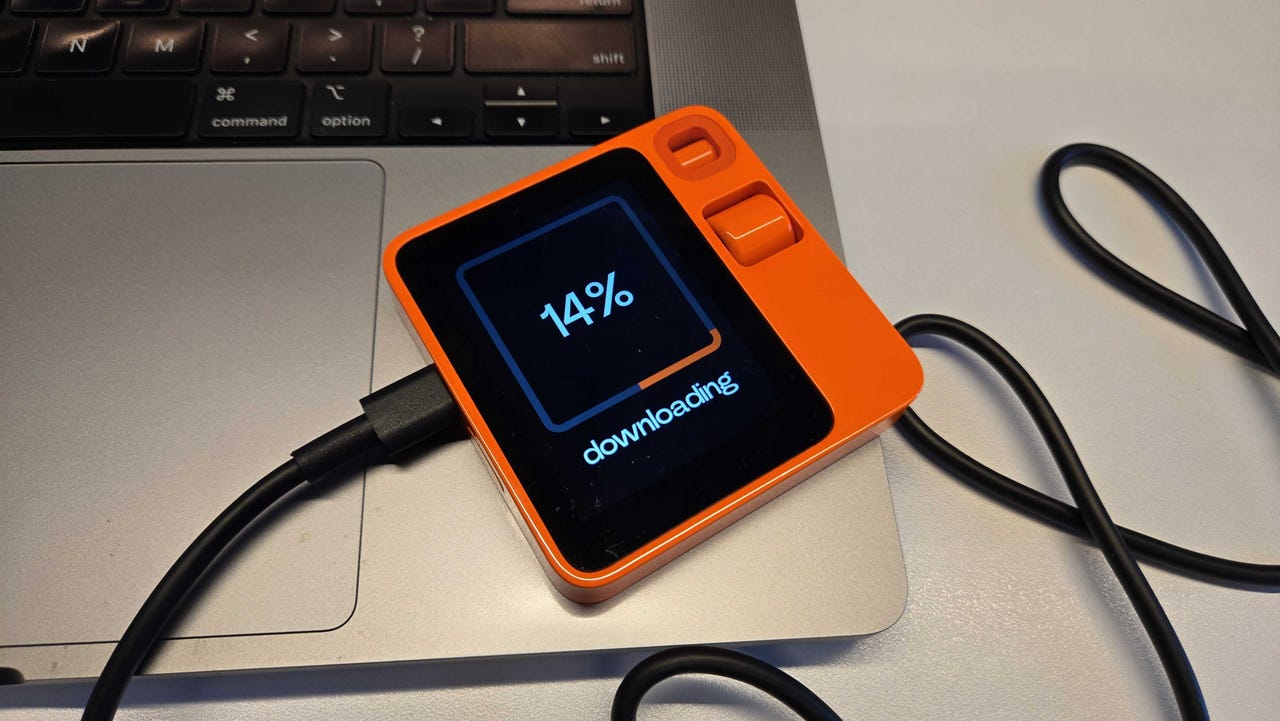
































A week after launch, Rabbit has rolled out its first over-the-air (OTA) update for the R1, its$199 AI device intended to answer questions, identify objects, and potentially save you a couple of clicks by navigating apps on your behalf.
Also: I tested the AI gadget that got the internet buzzing and it left me wanting more
The new OTA update fills a few gaps that early customers and reviewers have discovered. That includes improvements to battery life, which had been dropping by the minute during my testing, server connections, music playback, Bluetooth reliability, and more.
To get the update, R1 users can simply turn on their device, plug in a USB-C cable for power, and connect to the internet via cellular or Wi-Fi. A few minutes after I did that, an update UI appeared with a percentage meter. The whole process took about 10 minutes, but your duration may vary.
Here's everything Rabbit says the OTA update includes:
Notably, "idle battery performance" has improved by up to five times, which fixes one of my biggest problems when initially reviewing the R1. Without using the device, the battery would drop at a concerning rate, faster than any other new gadget I've tested. Rabbit did not disclose the root cause of the battery issue, but Rabbit CEO Jesse Lyu suggested that his team had discovered the culprit as early as on April 25.
Also: Rabbit R1 unboxing: My first impressions of the$199 AI gadget
Post-update, I've noticed a dramatic difference in the R1's battery life, and for the better. As I'm writing this article during my morning work commute, the R1 remains at 100%, which is a refreshing sight.
Also refreshing is the R1 showing me an accurate East coast time -- the device had previously been locked to Pacific time. You can turn on automatic time zone within the R1's settings, which now has a "Time" option.
With each the OTA update, Rabbit says the R1 will also receive a "Cloud update" that users won't need to manually install; they're rolled out as soon as the engineering team marks them as ready and should bring minor but still welcome optimizations to the AI device.
 Tags quentes :
Tecnologia
Tags quentes :
Tecnologia